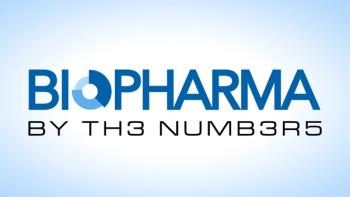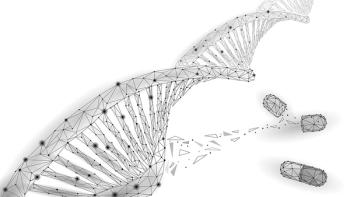
Input on Biosimilar Product Development Guidance Documents Sought by FDA
The questions come as FDA is revisiting best practices for advancing the development of new biosimilar products under the terms of its updated Biosimilars Action Plan.
A Federal Register notice issued by FDA on July 24, 2024, entitled “Biosimilar Product Development Guidance; Establishment of a Public Docket; Request for Information and Comments,” seeks input from interested parties as to whether biosimilar product development would be better served in either of two ways: a focus on guidance documents that are product class-specific, addressing development issues that are common and apply broadly to products such as monoclonal antibodies, or an emphasis on developing product-specific documents—for example, for adalimumab (1).
This choice is one of two main questions FDA would like answered by the input it hopes to receive from industry on this notice, the other being whether FDA should focus on development of guidance documents, whether product-specific or product class-specific, in cases of biological products for which there are no approved biosimilars. Or alternatively, FDA asks, would it be of use to the biosimilar product development community to continue to develop guidance on biosimilar development programs even after one, or more, biosimilar products have been approved for a biological product or class of products (1)?
Following enactment of the Biosimilar User Fee Amendments of 2022 (BsUFA III), FDA updated its Biosimilars Action Plan and said these questions are now arising as the administration reexamines the best possible path to advancing development of new biosimilar products (1,2). Concentrating on product-specific guidance documents, FDA said, would be a development approach similar to the Generic Drug User Fee Amendments (GDUFA) program (3). According to FDA, under the conditions set forth by GDUFA, there are currently more than 2000 product-specific guidance documents from which to model biosimilars guidance (2).
The Biosimilars Action Plan (BAP), first released in 2018, has four overarching goals, each with its own subset of aims. FDA said in the five-plus years since the initial BAP report, it has accomplished most of the goals set forth and is now “modernizing the Agency’s strategic priorities” (2).
The originally stated goals are: to improve efficiency of the development and approval processes for biosimilars and interchangeable products; maximize both scientific and regulatory clarity for the community; develop effective communications to increase understanding among stakeholders; and support a robust, competitive marketplace (2).
Both electronic and written comments, data, or information are being accepted and, to be considered, must be received by FDA or the
References
1. FDA CDER Small Business and Industry Assistance. FDA Seeking Comments on Product Class-Specific vs. Product-Specific Guidances for Biosimilars. Press Release, July 24, 2024.
2. FDA. Biosimilars Action Plan. fda.gov/drugs/biosimilars/biosimilars-action-plan, Apr. 26, 2024 (accessed July 25, 2024).
3. FDA.
Newsletter
Stay at the forefront of biopharmaceutical innovation—subscribe to BioPharm International for expert insights on drug development, manufacturing, compliance, and more.





